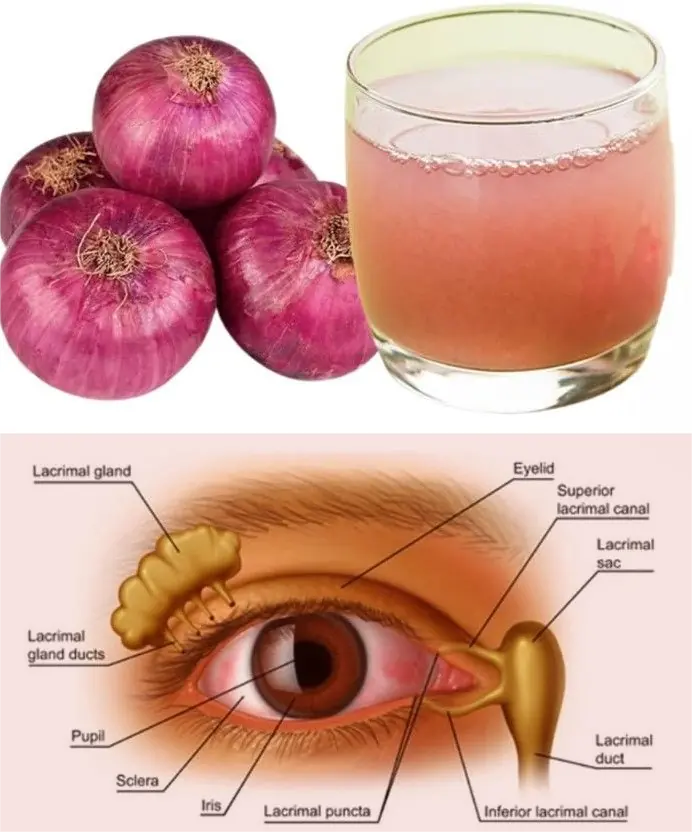
Should You Choose Pork with a Dark or Light Color for the Freshest Quality?
When buying pork for your family meals, knowing how to pick the freshest cuts can make a big difference in both flavor and safety. Here are some essential tips to help you choose high-quality, fresh pork every time.
Pork is one of the most commonly consumed meats in many households. It can be used to create a wide range of delicious dishes — from boiled and braised pork to roasted and fried options. Many families even prefer buying pork in bulk and freezing it for later use to save time on daily shopping trips.
Dark vs. Light Pork: Which Is Fresher?
One of the first things to look at when buying pork is its color. Freshly butchered pork typically has a bright pinkish-red or light red color. According to Healthline (2023), meat color results from myoglobin, a protein that stores oxygen in muscle tissues. The fresher the meat, the more natural and vibrant the color appears.
Pork that appears too dark may indicate poor bleeding after slaughter, meaning that blood clots remain inside the meat. In some cases, an excessively dark or even blackish tint can be a warning sign of spoiled or diseased pork — which should never be purchased.
Conversely, pork that looks pale or washed-out can be caused by two very different factors. One possible reason is that the meat was previously frozen and thawed. Properly frozen pork that is thawed safely can still retain most of its nutrients and flavor. BBC Good Food (2022) confirms that freezing meat at the correct temperature (-18°C or below) maintains its quality for several months without significant nutrient loss.
However, pale-colored pork might also result from water-injected meat — a common trick used to increase the meat’s weight. Such pork often feels wet or slimy to the touch and releases excess water when pressed. This type of meat tends to lose nutrients quickly and provides a poor texture after cooking. If the meat looks unnaturally moist or translucent, it’s best to avoid it.
It’s also important to remember that different parts of the pig have slightly varying shades. For example, pork shoulder or loin may appear lighter, while leg meat might be darker due to muscle use and oxygen exposure (The Guardian, 2023).
Other Key Signs of Fresh Pork
1. Check the Skin and Fat Layer
Healthy pork skin should appear white and clean, while the layer of fat should be creamy white or light pink. If you notice small red or purple spots on the skin or fat that looks yellowish or reddish, this may indicate that the pig was unhealthy or improperly processed. Always choose meat with a clear, firm layer of fat.
2. Test the Elasticity
Fresh pork should be firm and bouncy to the touch. When you press it with your finger, the surface should spring back immediately. If a dent remains, the meat is likely old or has been stored for too long. This simple touch test is also recommended by food safety experts from The U.S. Department of Agriculture (USDA).
3. Smell the Meat
A mild, clean smell is a good indicator of freshness. If the meat has a strong, sour, or unpleasant odor, it may be spoiled or from a diseased animal. Fresh pork should have only the natural, faintly metallic scent typical of raw meat.
Summary: Trust Your Senses
Choosing good pork is about combining visual cues, touch, and smell. Fresh pork typically has a natural pinkish-red color, a firm texture, and a neutral smell. Be cautious of meat that looks overly dark, pale, or wet, as these can signal spoilage or poor handling.
By paying attention to these small details, you can ensure safer, tastier, and more nutritious meals for your family — just as food experts recommend (Healthline, BBC Good Food, USDA).
News in the same category


4 Things You Should Never Keep in the Freezer — They Could Be Dangerously Hazardous

What Can You Do with Expired Yogurt?

‘Why He Grabbing His Arm Like That?’: Denzel Washington Unleashes on Handsy Photographer During Intense On-Camera Confrontation

If You See These Buggers Near Your Pots, Don’t Panic — Here Are 6 Brilliant Things You Can Do

Meet 102-Year-Old Eloise Brown, the Philadelphia Eagles Biggest and Longtime Fan

17 Important Quotes About Love From Historical Black Figures

5 Things You Never Knew About The First Black Film Star Nominated For Academy Award For Best Actress

10 (Plus One) Unusual Winter Composting Hacks That Really Work

Don’t Toss Out Your Eggshells: 10 Brilliant, Science-Backed Ways to Reuse Them in Your Garden

Jackson 5 Child Actor, Floyd Roger Myers Jr, has joined the ancestors

Fisk Gymnast Morgan Price Earns Highest-Ever Score for an HBCU Gymnast

Most Folks Don’t Realize They’re Doing This: 10 Critical Mistakes That Stop Tomatoes from Ripening

8-Year-Old Hosts Food Drive To Feed 150 Families on His Birthday

Elon Musk enables groundbreaking feature to UK phones that will connect millions

NASA issues official statement to Kim Kardashian after reality star made shocking claim about space agency

People call on government to intervene after Elon Musk posts worrying tweet

Nvidia signs $500,000,000,000 deal that could transform the US energy sector

47-Year-Old Man Dies from Liver Failure: “Two Types of Pain, Two Types of Itching” Warn of Serious Liver Disease
News Post

Can Onion Juice Gently Support Eye Health? A Natural Tip to Try

Bed Bugs Hate This! How Diatomaceous Earth and Cloves Can Wipe Them Out

These are the consequences of sleeping with the…

5 Common Foods That Often Contain Parasites — Many People Eat Them Daily

1 Vitamin Stops Calcium Buildup in Arteries and Heart

S:ida Acuta: Exploring the Healing Properties of this Herbal Remedy

DIY Flaxseed Collagen Night Gel for Hydration and Rejuvenation

10-Day Licorice Treatment for Dark Spots: Fade Pigmentation and Achieve Glowing Skin Naturally

Easy Recipe to Make ABC Collagen Ice Cubes at Home: The Secret to Glowing, Firm Skin

2 Mins Black Shampoo For Grey Hair

Why this doctor refuses to prescribe statins for high cholesterol

The 'divine' secret to frying

Why do we have to leave our phone face down on the table when we are not using it?

Hanging a towel on the door handle before bed: Unexpected benefits but few people know

Tips for conditioning your hair with over-cooked bamboo shoots

Treat premature gray hair thanks to the black dye formula

What Are These Strange Black Dots In Your Kitchen

Magic Eraser can be used for almost anything, but here's what you didn't know

Wrong understanding turns water purifiers into diseases, remove them immediately to avoid harming the whole family
